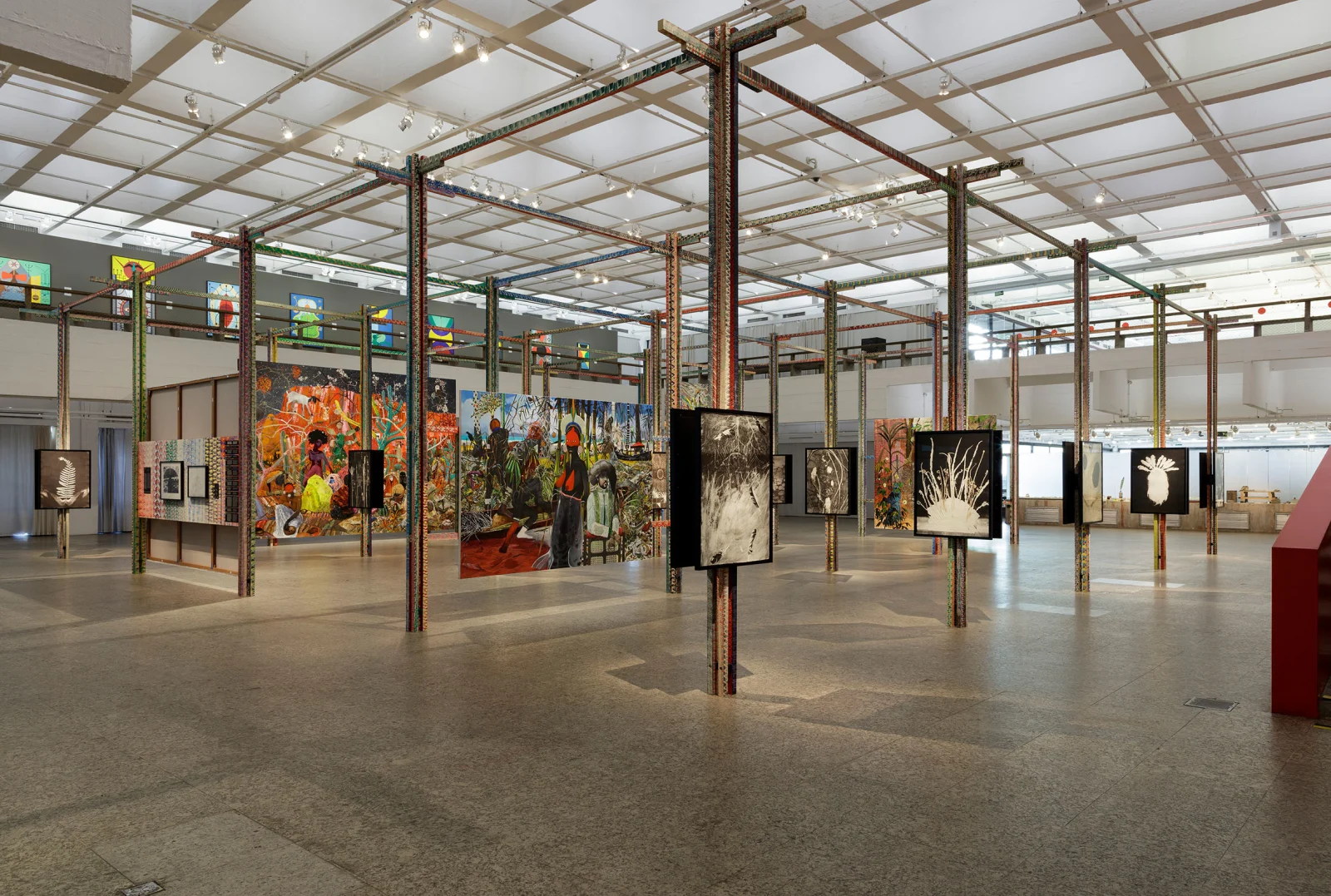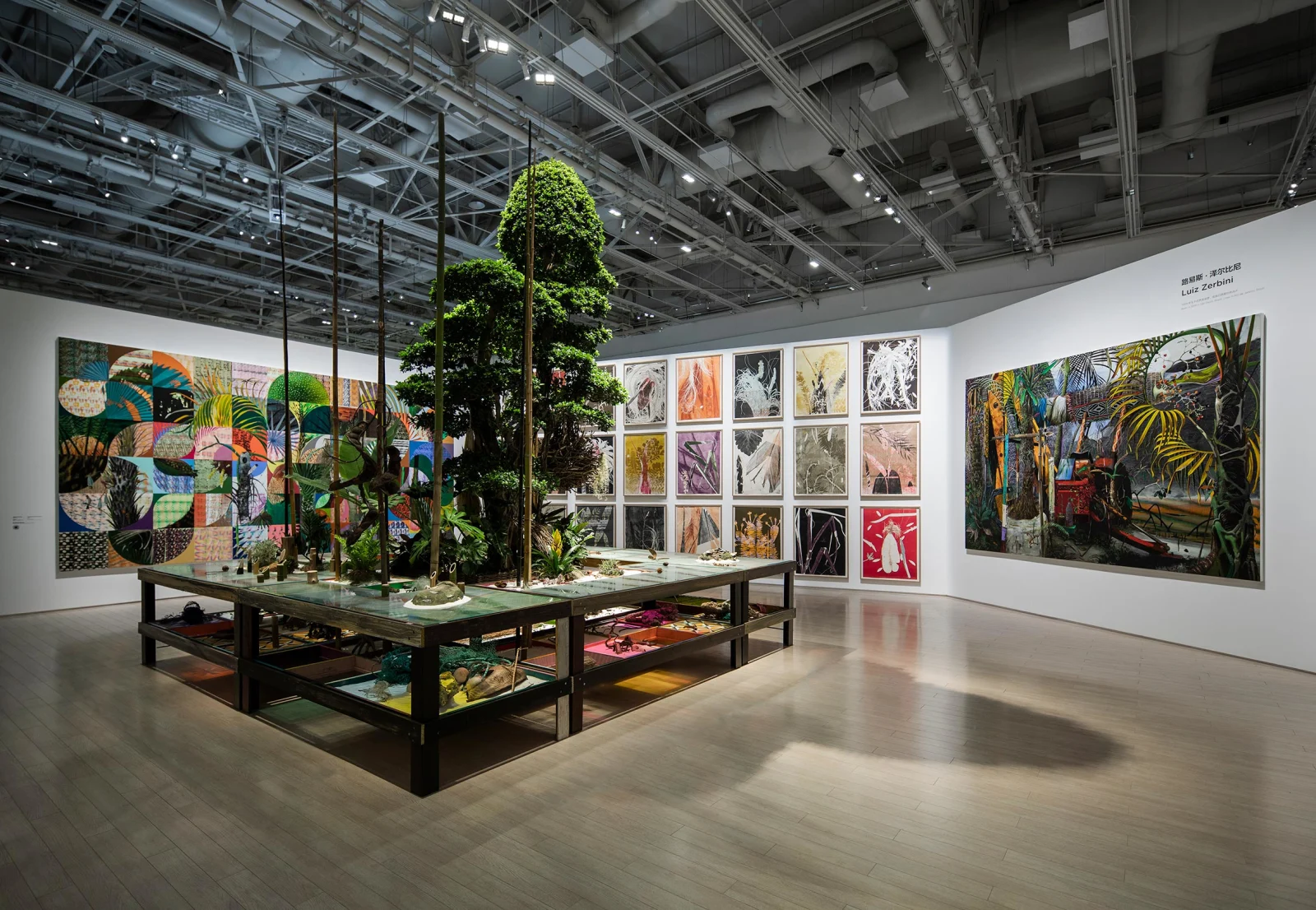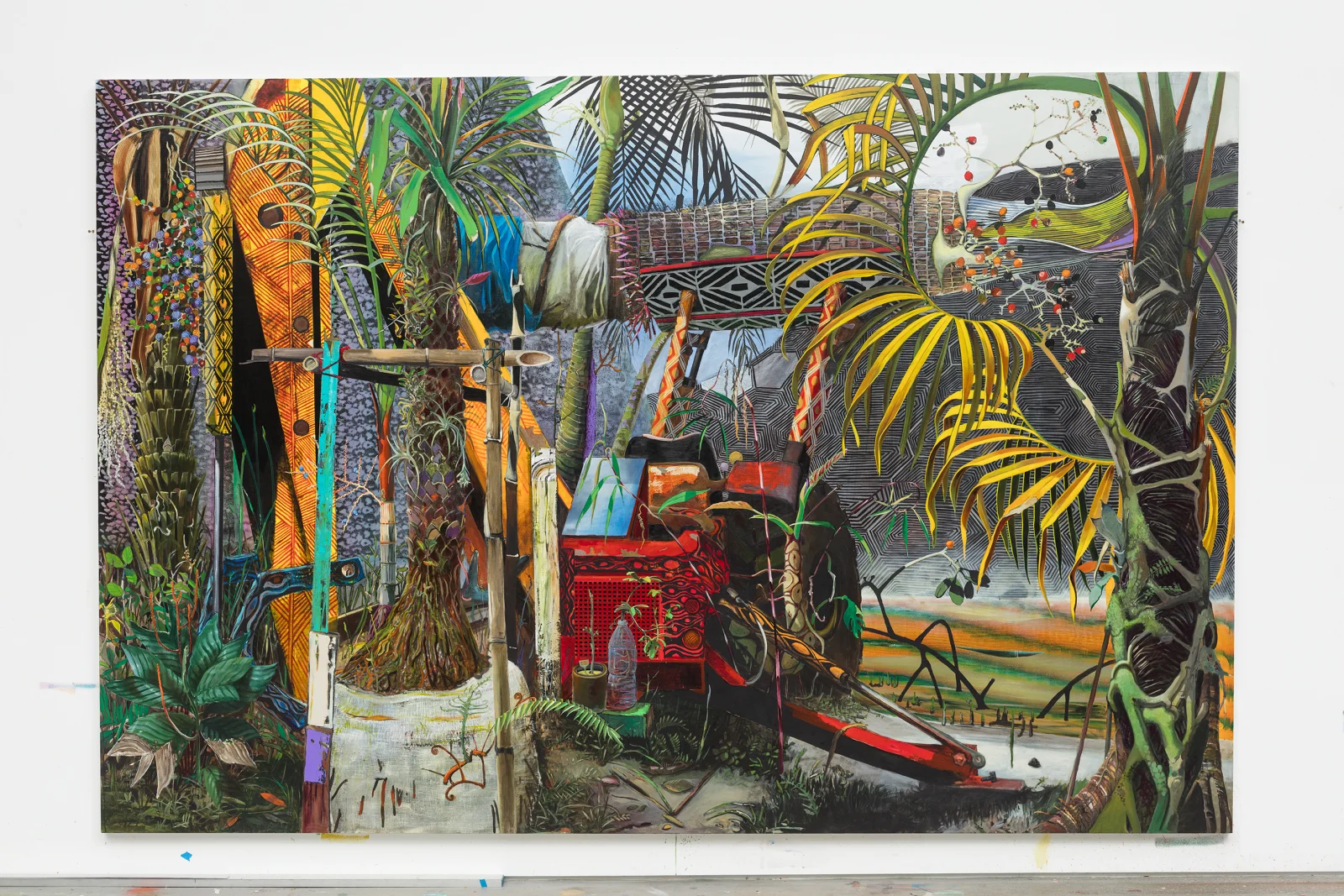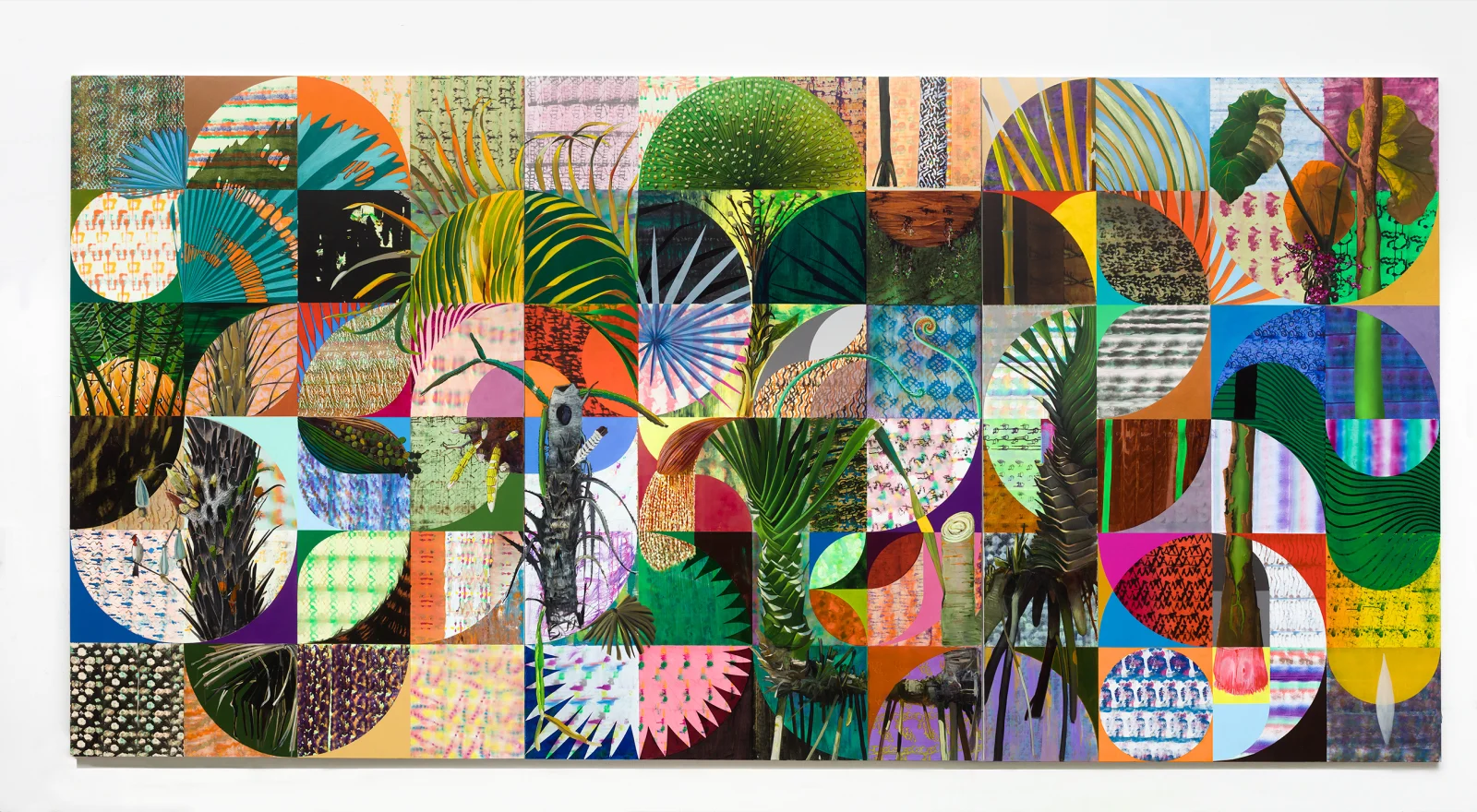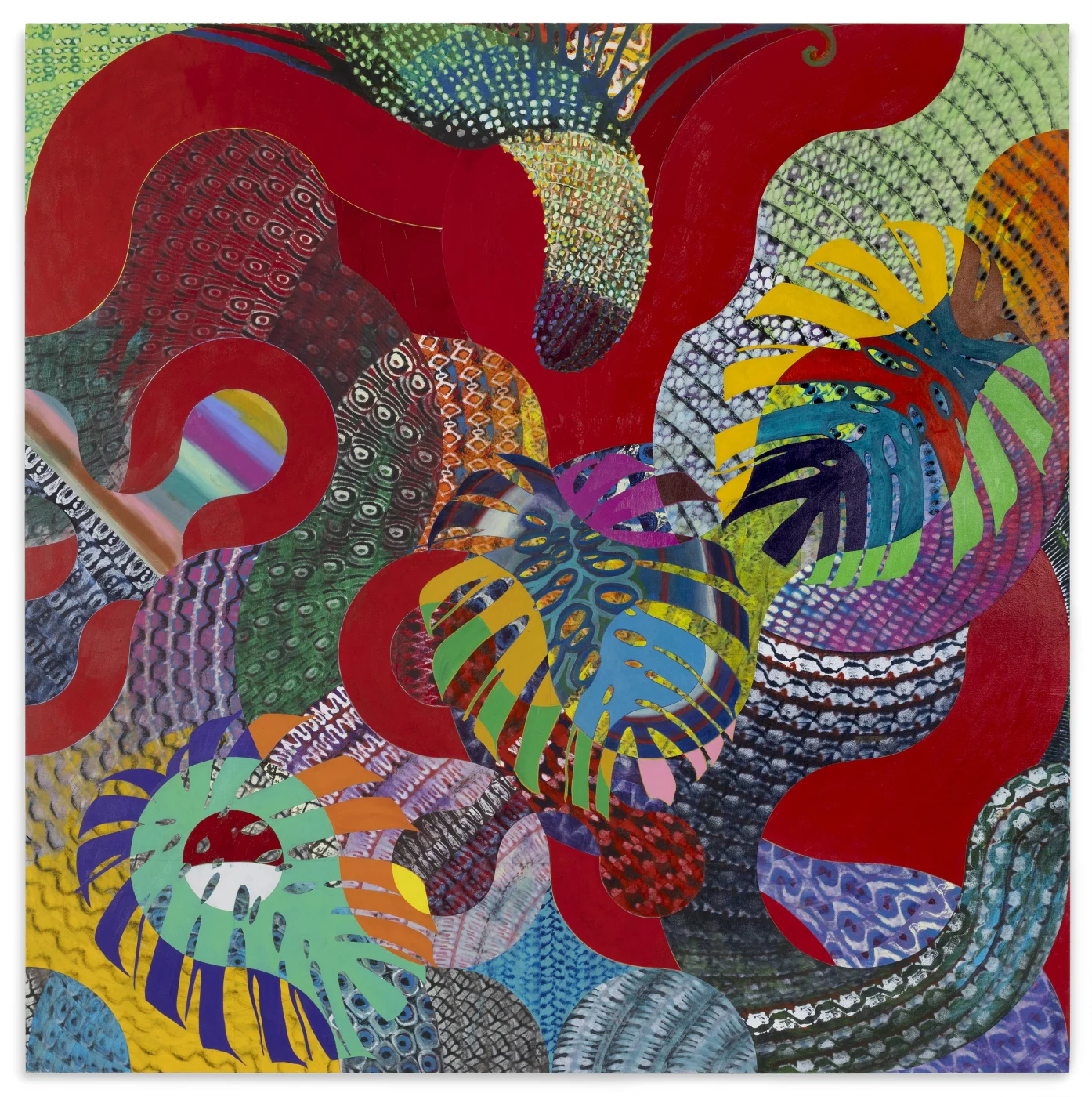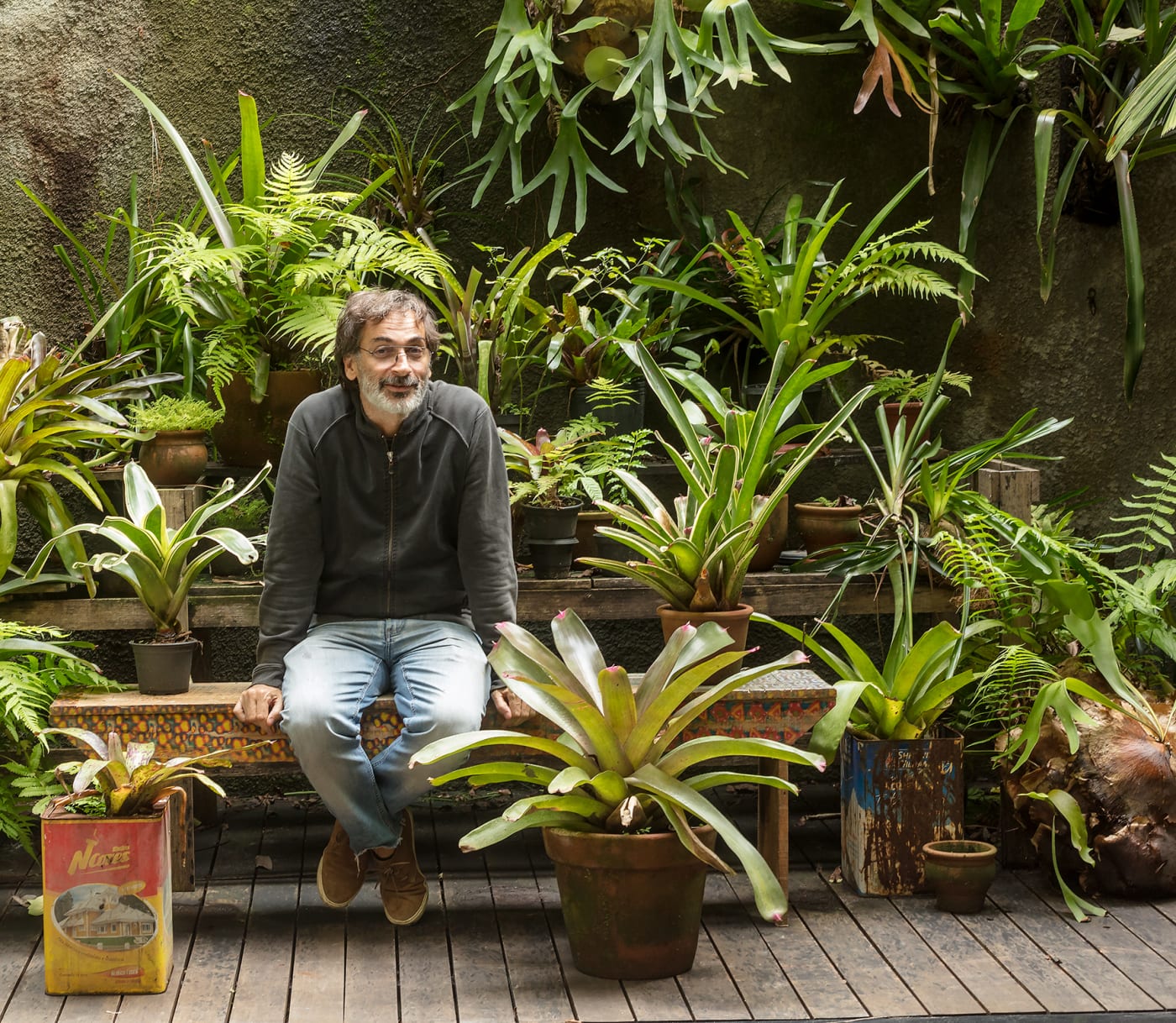Overview
Stephen Friedman Gallery presents a new body of work by Brazilian artist Luiz Zerbini for Frieze Los Angeles, marking the artist's debut exhibition in the city. The solo presentation includes dynamic paintings and monotypes and shows the immersive and seductive quality of Brazil’s natural environment.
The grid – an emblem of modernism – is typically associated with the static, antinatural and systematic. Zerbini often uses a quadrangular grid as a primary structuring device, which subtly nods to the mosaic pavements and façades of Brazilian tower blocks. In the vibrant painting Erótica (2023), Zerbini transforms the grid’s tight squares into lenses of a kaleidoscopic vision. Monstera leaves and Calla lily flowers are layered over the work’s gridded structure, revealing appropriated patterns found in nature that were incorporated into his own vernacular. The artist takes elements of the grid in Sea Bubbles (2023) to lend the expressive composition a rhythmic quality, recalling the movement of water or trees swaying in the breeze. Flooding the viewer’s perception, Zerbini seeks to convey the impression of “being in the painting as you could be in a forest.”
Zerbini’s monotypes echo the collaged appearance of his paintings, combining abstract mark making with figurative elements drawn from his everyday surroundings. “For me, I would pass the whole world through the press,” the artist declares. In these new monotypes, Zerbini hand-paints the frames, marking a significant development in the artist’s monotype series.
Stephen Friedman Gallery presents a new body of work by Brazilian artist Luiz Zerbini for Frieze Los Angeles, marking the artist's debut exhibition in the city. The solo presentation includes dynamic paintings and monotypes and shows the immersive and seductive quality of Brazil’s natural environment.
Studio Film
Luiz Zerbini’s painting ‘Siamo Foresta’ is inspired by an installation the artist made for an exhibition of the same name at Trienalle Milano in 2023. Combining organic pattern with figurative depictions of lush tropical flora, the work conveys the seductive and immersive quality of the Brazilian landscape. Natural elements such as leaves, seeds and feathers frequently appear in Zerbini's work, with bamboo, leaves and seed pods layered over one another in this painting, creating an effect similar to collage.


In ‘Sea Bubbles’, one of Zerbini’s more figurative paintings, a tree emerges from the sand, cutting through the horizon line of the seascape. The froth of a broken wave is visible, with the viewer left to question whether it is moving towards or away from them. The artist speaks of painting as a ‘unique dialogue through which you filter everything’, often starting from something he has seen and then adding elements to the composition. He collects objects from places he has visited, frequently incorporating these objects into the more figurative elements of his paintings, such as the thick rope winding around the tree here.
Discussing this work, Zerbini explains: “I saw this coconut tree with this rope on the ground in Bahia, close to Salvador…And there are some fish there too. And so the bubbles appeared, these circles started appearing, these abstract shapes on top.”
I think it’s good to work with the stereotype, with the cliché of what could be a vision of Brazil, of a Brazilian landscape. I had some insights when I was a kid. I got goosebumps, I was thrilled seeing something. I thought I understood the whole world, all human suffering in a single moment.
My painting teacher at the time, José Antônio Van Acker (1931 – 2000), told me: “You have this [feeling] because you are an artist.” Then I calmed down. I began to pursue this idea. I thought that what gave me this sensation was what felt like being bombed with information. So, I decided that I was going to put as much stuff in a painting as possible, as well as that amount of information that could generate the same sensation in the person who saw the painting.
- Luiz Zerbini

By looking at the work, again and again, we see its different planes. We see humans, non-humans, forms, colours, and minutiae. The theme is revealed in the detail that each element presents to the viewer.

‘Erótica’ uses the quadrangular grid as the primary structuring device within which organic pattern and figurative depictions of lush tropical flora intersect. Two calla lilies stand proudly against a background of monstera leaves and abstract repeated pattern, emerging from the confines of the grid. An emblem of modernist thought, the grid is typically associated with the static, antinatural and systematic. By incorporating sweeping curves and expressive patterns, Zerbini transforms the grid’s tight squares into lenses in a kaleidoscopic vision. This dizzying combination captures the intoxicating sights and sounds of the Brazilian city, the mosaic pavements and façades of tower blocks surrounded with verdant life. Waving, leaf-like shapes interrupt the grid and lend the composition a natural rhythm that recalls the movement of water or trees swaying in the breeze.

I am a landscaper. I began making watercolours that were just landscapes of places I’ve been, of memories that I’ve lived – those memories come back all the time.
– Luiz Zerbini



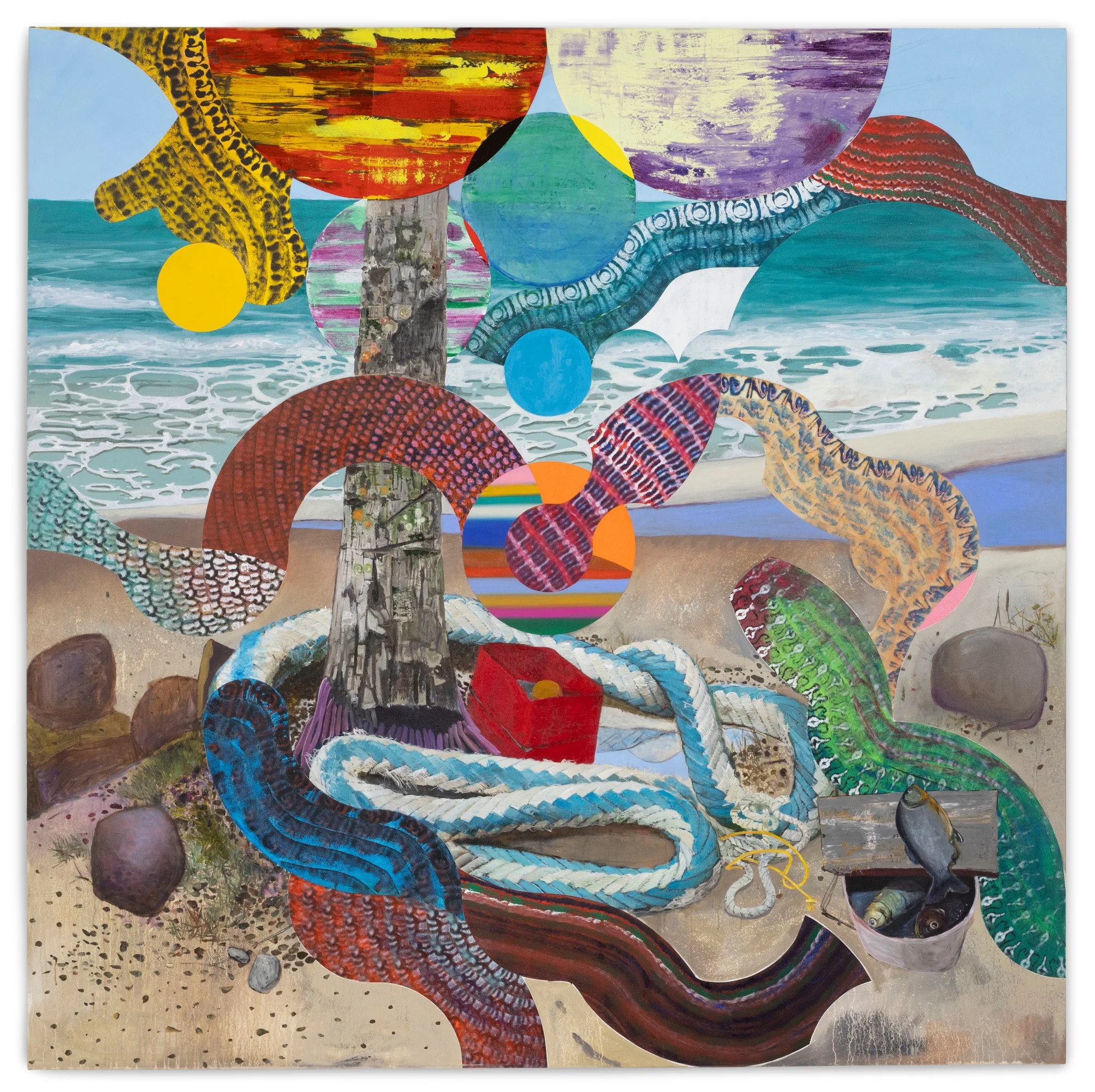

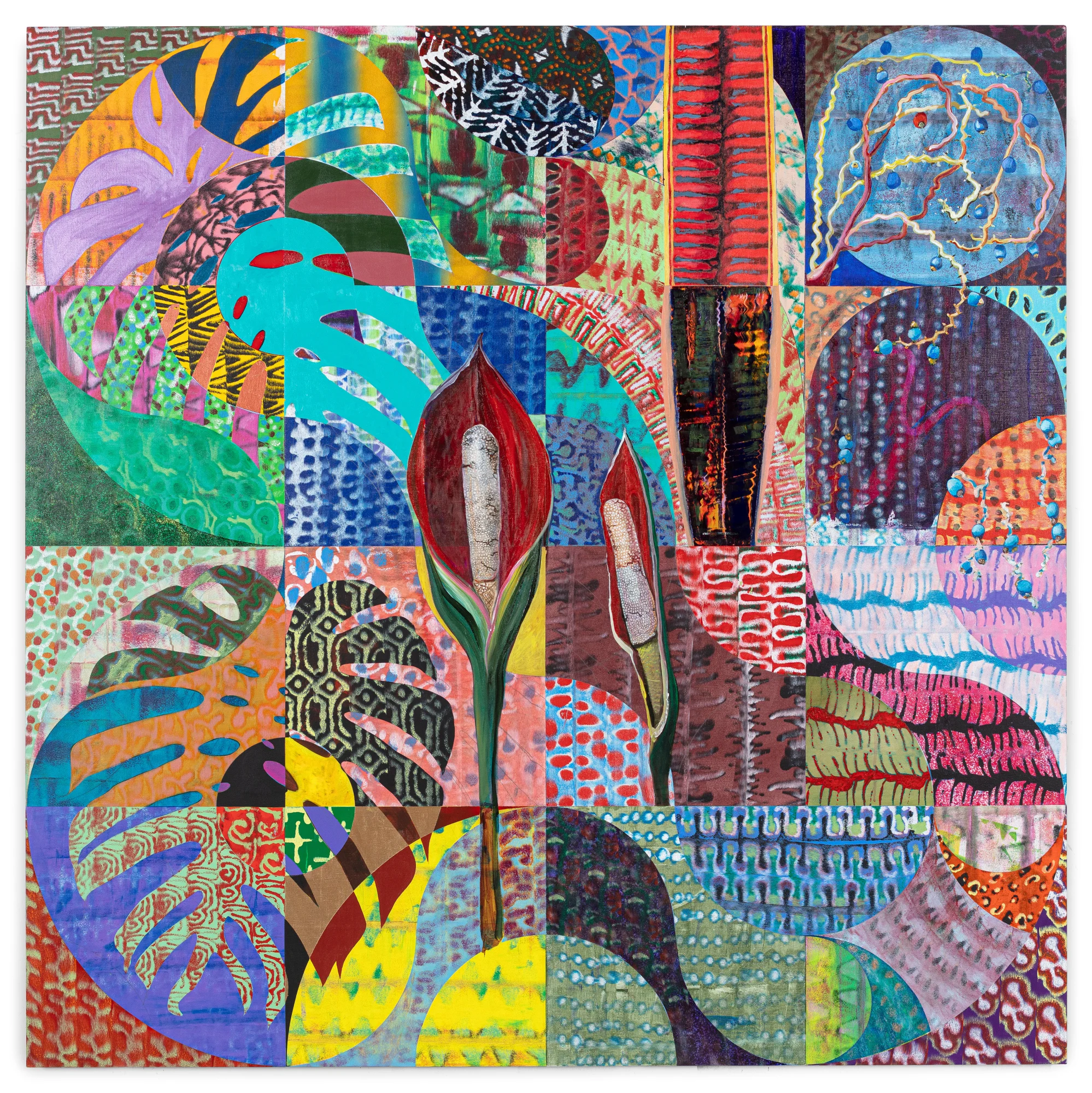




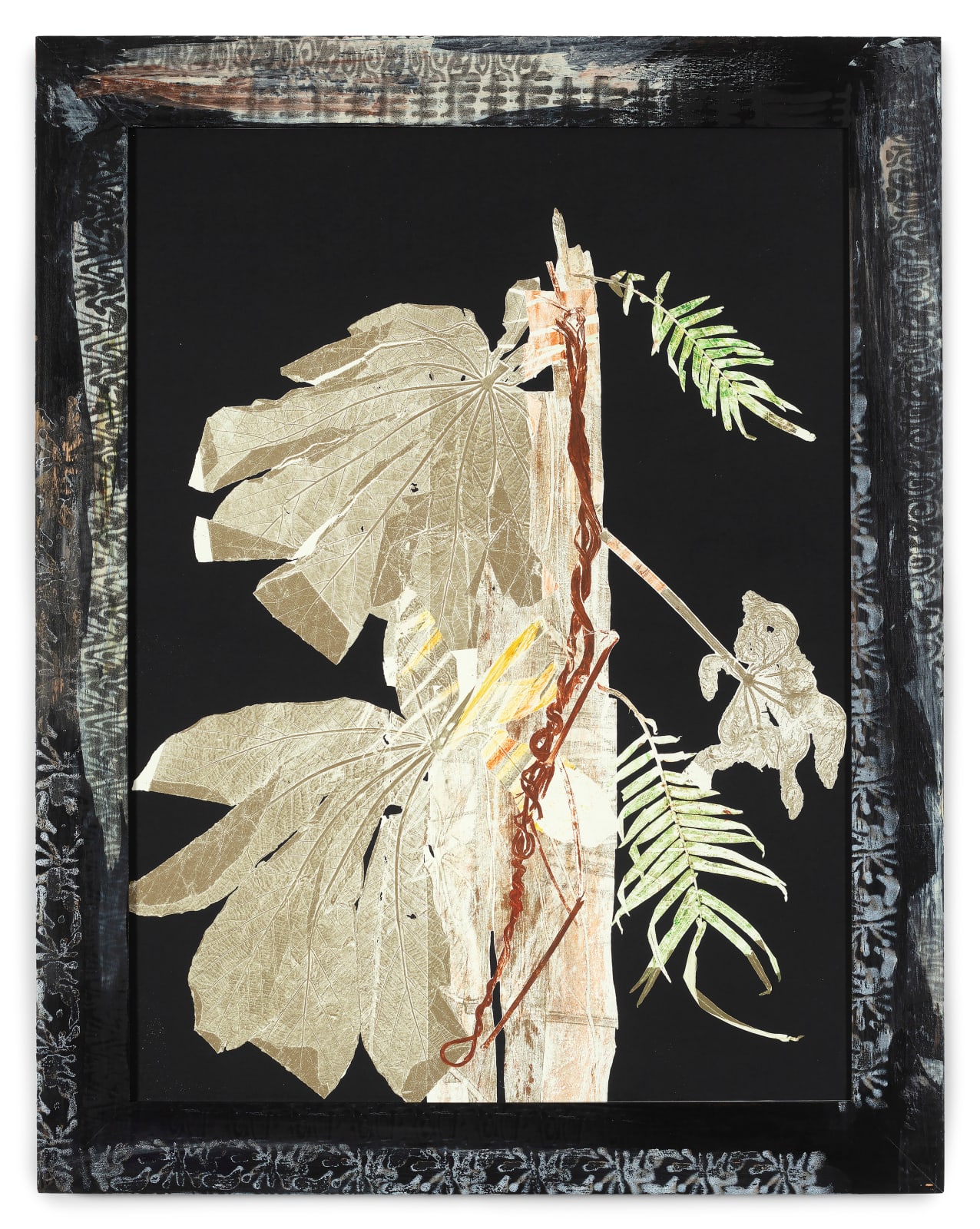

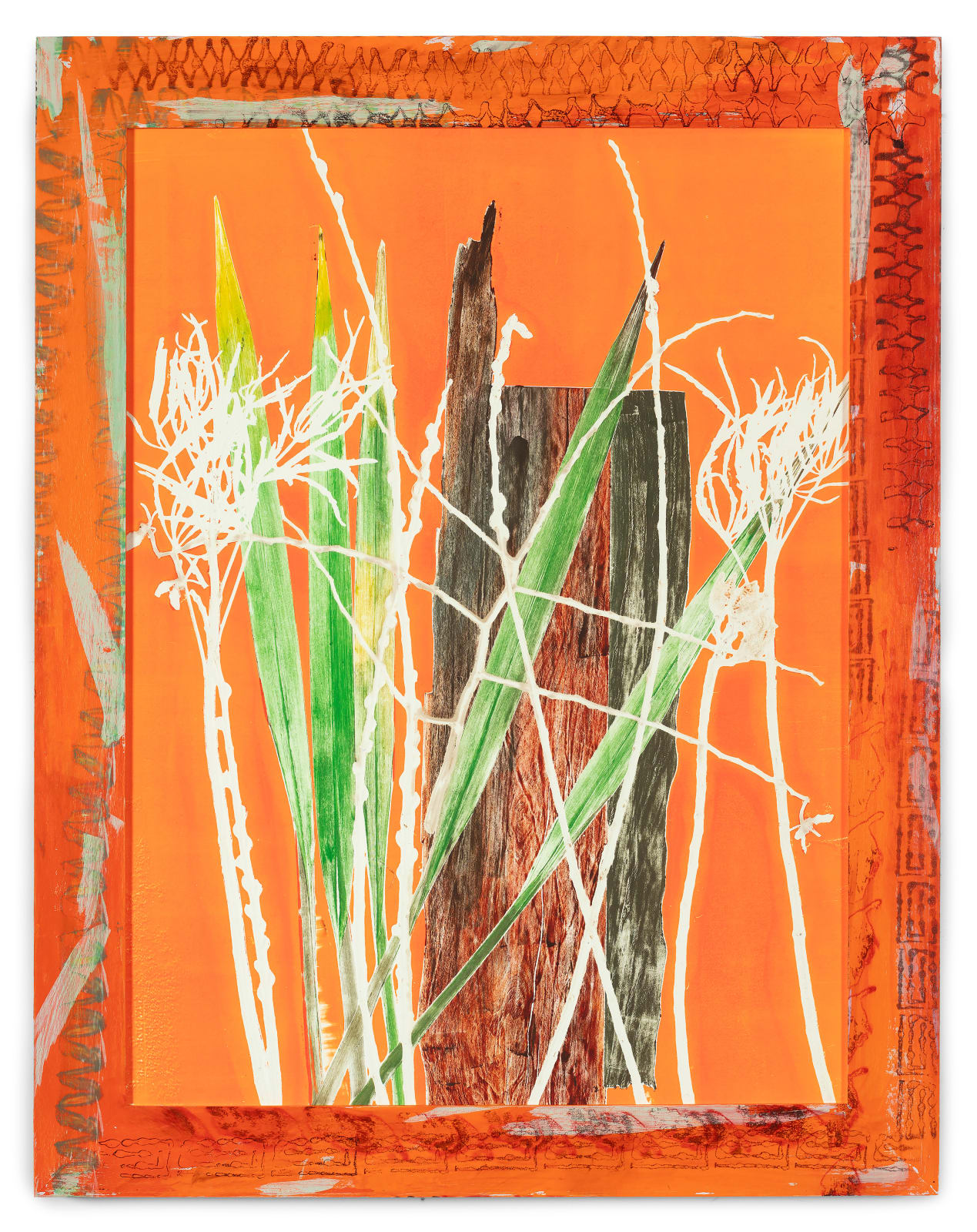

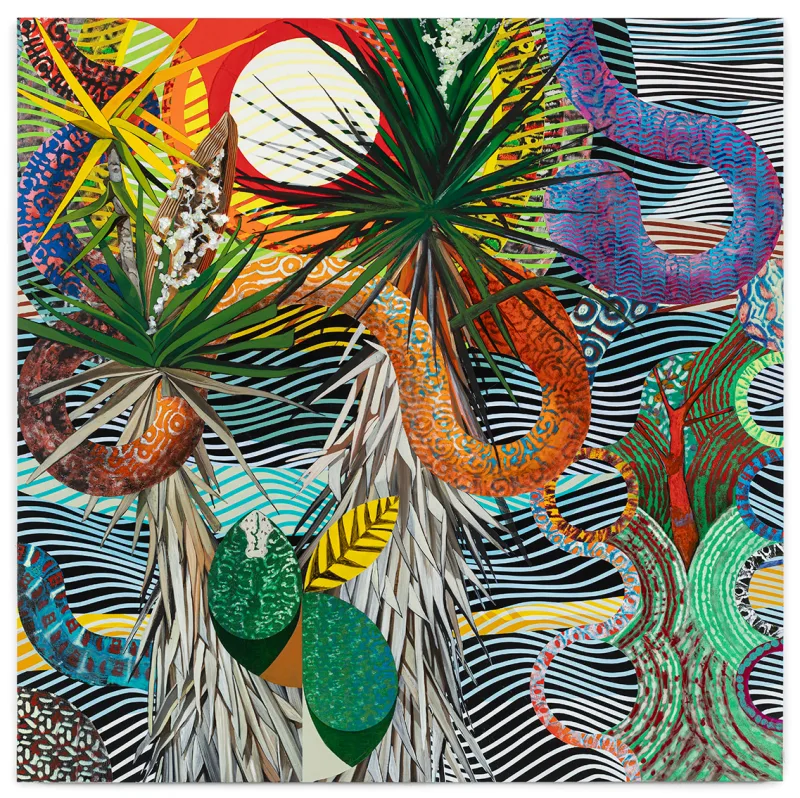

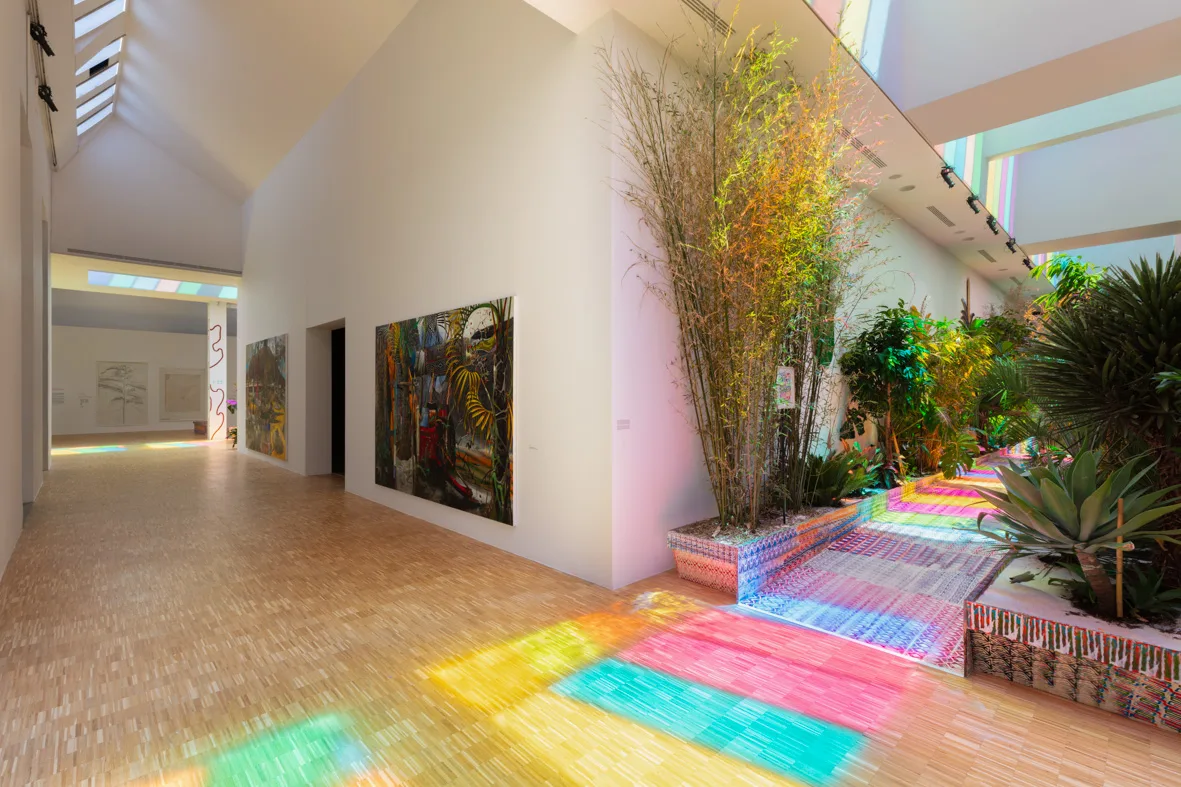
![<p>'Primeira missa [First Mass]' , 2014, Acrylic on canvas, 200 x 300 cm - Acquired by MASP, São Paulo, Brazil, 2022</p><p>Included in ‘Luiz Zerbini: The Same Story is Never the Same’ at Museu de Arte de São Paulo (MASP), São Paulo, Brazil, 2022</p><p> </p>](https://artlogic-res.cloudinary.com/w_1600,h_1600,c_limit,f_webp,fl_lossy,q_auto:good/ws-stephenfriedman/usr/exhibitions/images/feature_panels/2245/zerb-at-masp-2022-8.jpg)
